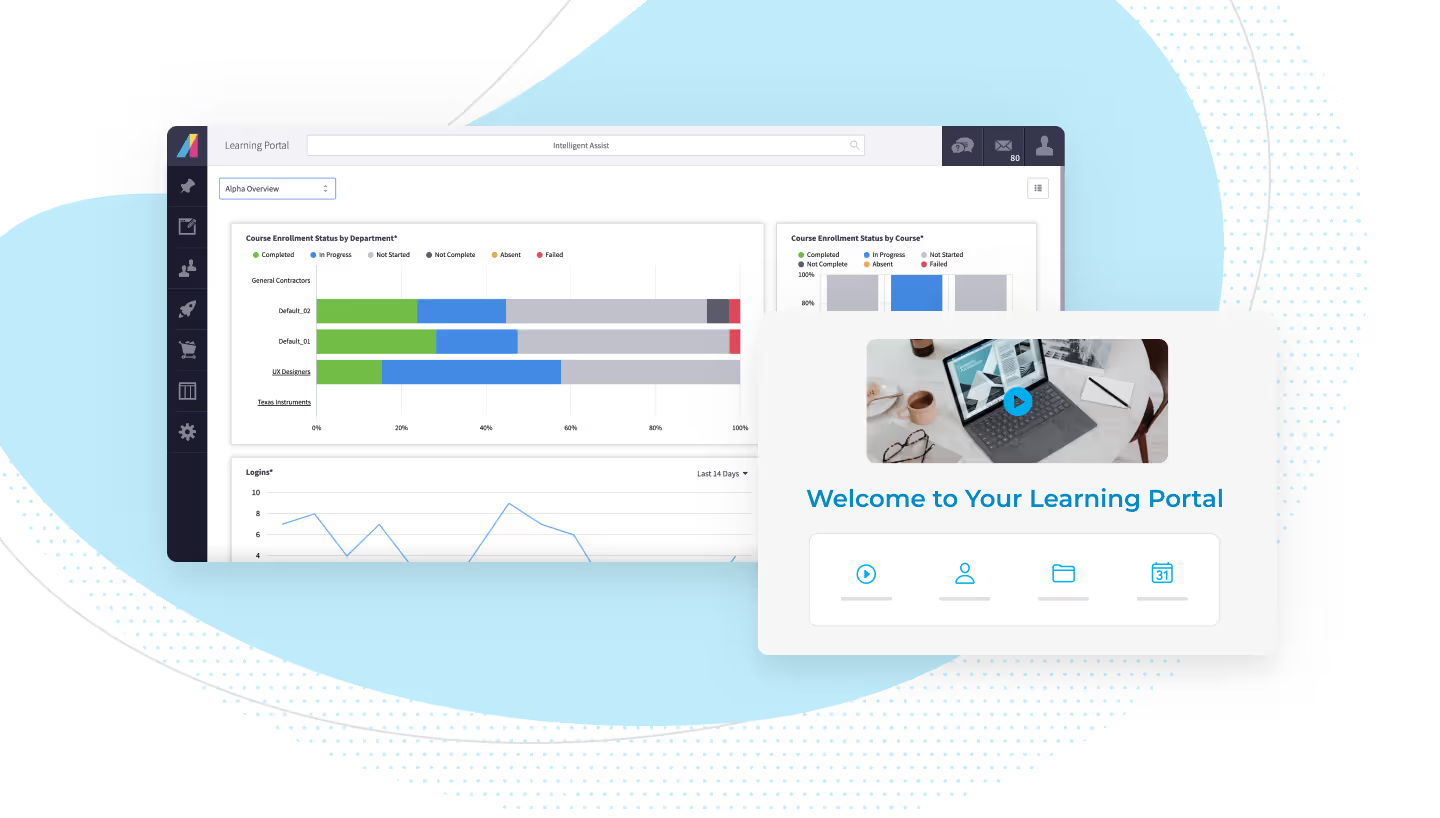As many have transitioned to remote life, you can help employees work from home by giving them the support and resources they need. Follow these three pillars to ensure your employees stay safe and manage any stress effectively.
1. Put people first
It's only natural that your employees have some anxiety about how COVID-19 is going to affect their jobs going forward. The end may not yet be in sight, but you can start by recognizing stress in your employees and offering resources to help, such as:
- Setting clear, updated expectations. COVID-19 has changed what "business as usual" looks like, but you can still manage anxiety by offering clear working from home guidelines. Your employees should know when they'll be expected to be available, timelines for projects and how to communicate with their colleagues.
- Offer anxiety support. Acknowledge that any changes can cause anxiety and offer the necessary support. Create a buddy system where employees can check in with each other every few days to talk about how they're feeling. If your health insurance covers mental health counseling, share the contact information for practices offering therapy via phone or online.
- Leverage existing eLearning. This is a great time to utilize any eLearning content you may have surrounding mental health or well-being in the workplace. You could send timely emails and reminders to support employees, reduce stress and teach coping methods. If you don't have existing eLearning content, integration with a library of wellness content, like Whil, could fill in those gaps.
2. Normalize the process
Sometimes, the best way to manage anxiety is by limiting changes and encouraging normalcy as much as possible. While you may not be able to manage exactly as you would in the workplace, you can set up tools to make the process feel more grounded. If you can't have your usual Monday morning meeting, set up a videoconference call. Forbes Insights found that 62% of executives agreed that video conferencing significantly improves communication quality compared to audio-only calls.
Keep your regular meeting and project management schedule so working from home doesn't seem so removed from the workplace. Check in regularly and encourage frequent communication so your employees stay connected.
3. Keep the culture
In order to help employees work from home effectively, it's important to stave off feelings of isolation. Employees often work best while collaborating, so invite sharing as much as possible. Think about the way your employees interact in the workplace: Do they congregate in the break room or do they prefer after-hours socializing?
You could create an instant messenger chat room just for amusing work from home stories or general chat, or invite employees to compete against each other in gamified eLearning modules. Utilize mobile apps and messaging to keep in touch. "Seeing" coworkers interact and communicate can help reduce some of the anxiety and stress that can come from social distancing.
The good news? Social distancing is a practice that won't last forever. For now, however, you can play a large role in keeping your employees calm, content and productive. Take the time to allocate resources to a healthy work at home experience and your organization will return to the office stronger than ever.
Sign up for Absorb LMS' free COVID-19 safety course to learn the basics of the virus, how to protect your family and how it may affect your workplace.







